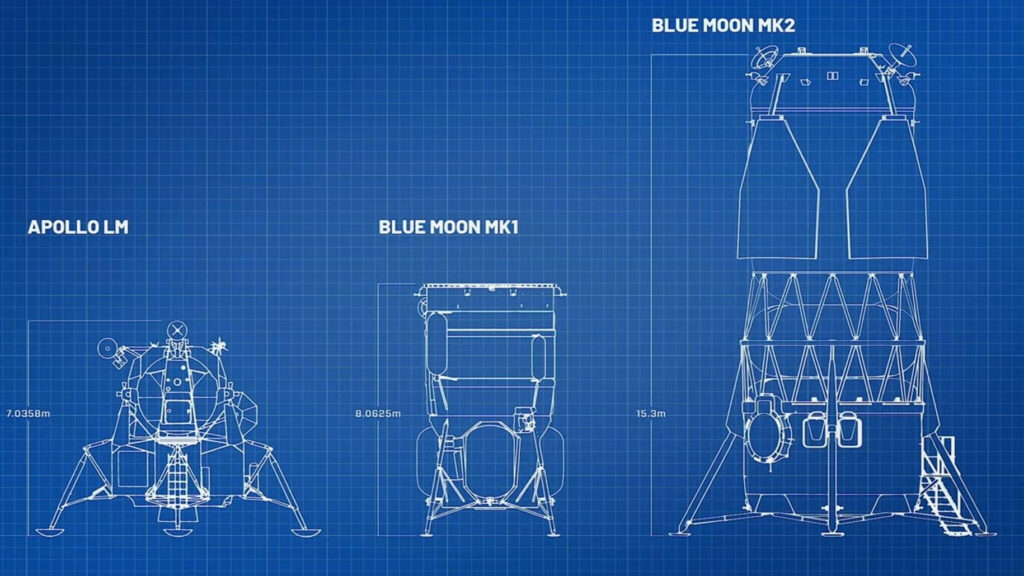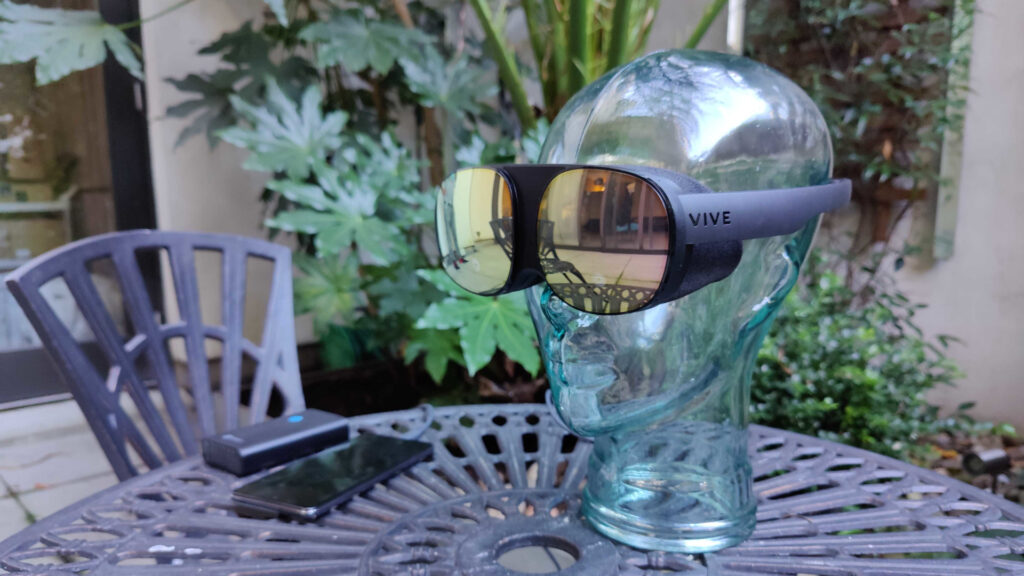Using one of the best cameras for photography and videography gives us the greatest chance to capture the perfect shot. There are so many cameras on the market, from DSLRs to mirrorless, that it’s difficult to know what you should be looking for and which one to get, especially since each manufacturer claims their camera is ‘the best’ in one area or another. To save you hours of trudging the internet to find the best cameras for photos and video to suit your needs, we’ve done the legwork for you and summarized our favorites here.
There are two main types of cameras on the market when advancing from compacts and smartphones: the DSLR and the mirrorless. On DSLRs, the view through the viewfinder is piped up the lens by a mirror and prism arrangement, while on a mirrorless camera the viewfinder is simply a screen where a live feed from the sensor is displayed. Mirrorless cameras are newer tech and tend to be smaller and lighter. You can see more comparisons in our guide to DSLR vs mirrorless cameras.
This guide is separate from our alternate article on the best cameras for astrophotography, as here we’ve focused on more versatile models which are suitable for broader photography types. If it is specifically astrophotography you want to dip your toe into, and you’re dreaming of getting awesome pictures of the night sky, you will want to have a flick through the aforementioned article. We have also rounded up some of the best lenses for astrophotography so you can choose the perfect setup. If you’re here looking for a good all-rounder camera suitable for multiple photography disciplines, then here are some of our top picks.
Best post-Amazon Prime Day camera deals right now
While Amazon Prime Day is now over for 2022 there are still lots of deals that are left on DSLR and mirrorless cameras so check below to grab a bargain. Also be sure to check out our roundup of Space.com’s top 20 Prime Day deals covering all things telescopes, binoculars, cameras, star projectors and more.
Best camera overall

(opens in new tab)
From its impressive expandable 204800 ISO ability to the -3EV autofocus range, the Sony A7 III with its full-frame 35mm sensor is a champion for anyone who will be shooting in low light. We don’t just mean night sky here, we mean indoor sports, portraits and generally unfavorable lighting conditions. Even though it only shoots 24.5MP stills, which seems low for this price point, this is the key to its ability to keep image noise incredibly low.
A versatile shooter, the A7 III also captures excellent video footage at 4K UHD 30fps, though it does top out at ISO 51200 as it can’t use the expanded option that it can for stills. However, this thing practically sees in the dark so we can forgive it. On a full charge, it can capture approximately 710 still photos.
Users can choose from the extensive range of available E-mount lenses which gives tremendous versatility for using this camera in any style shoot. The Sony A7 IV (opens in new tab) is the upgrade of this model, however, the A7 III is still a fantastic camera, and because it has been superseded, you could snatch yourself a bargain.
Best mirrorless camera

The Nikon Z6 is more financially accessible than its chunkier Z7 sibling. Although it has a smaller stills resolution, the Z6 has the same five-axis in-body image stabilization as the Z7, and because of its lower 24.5MP, it has much lower image noise – perfect for capturing the night sky when combined with an astro lens.
Five stops of in-body image stabilization, sharp Z-mount lenses, and the ability to use Nikon’s back catalog of lenses through the FTZ adapter mean the Z6 is an excellent choice for almost any kind of photography. Wildlife, sports, portraits, landscapes, product photography – you name it, the Z6 can do it.
For sports and wildlife photography, where motion is likely to be quick, the Z6 shoots at a generous 12fps. It also has handy eye/animal eye autofocus (once you’ve updated to the most recent firmware) to ensure you stay locked on target. If you need the professional video capture of ProRes RAW, then the Z6 outputs 12K raw video to an external recorder, but do note that you might need to have this set up at a Nikon service center first.
Best Micro Four Thirds camera

The OM-D E-M5 Mark III is a welcome successor of the Mark II. Its sensor captures 20-megapixel stills, and has improved image stabilization capability. Despite its petite size, it can record full HD video, as well as 4K UHD and slow-motion video in full HD.
The OM-D E-M5 Mark III provides excellent specs at a reasonable price and all in a small and lightweight body that you could even stash away in a coat pocket. It’s perfect for solar or lunar photography, but also sports or wildlife thanks to the 10fps stills shooting, extendable to an impressive 15fps with continuous autofocus or even higher at 30fps when in Pro Capture mode.
The OM-D E-M5 Mark III is a water-sealed, lightweight MFT body with plenty of specs that can keep up with more expensive mirrorless and DSLR competition. It’s perfect for those who want to move away from entry-level cameras but aren’t ready to fork out big bucks for the highest-end professional bodies.
Best budget camera

If you need a camera that can do anything, and we do mean anything, then get yourself the Nikon D850. It is coming up to being half a decade old, though it still holds its own against the best mirrorless cameras available today. We think it’s so great, that you’ll also find it on our best cameras for astrophotography, best Nikon cameras for 2022 and best DSLR cameras guides.
It’s at home when shooting wildlife or sports with up to 9fps (with additional battery grip) or capturing portraits with stunning clarity when paired with one of the huge range of F-mount lenses in Nikon’s catalog.
Traditionalists will like the large optical viewfinder as it allows them to view the scene directly, rather than on a screen (something you can’t do with mirrorless cameras). With 4K UHD 30fps video, the movie footage is impressive. You can also capture slow-motion with 120fps full HD video. This allows fast-paced action to be slowed down four times for cinematic effect.
This camera is built for professional use. It’s weather-sealed and tough enough to withstand some rough and tough without compromising performance. It even has backlit buttons so you can practice your astrophotography without impacting your night vision.
Best beginners DSLR

Also known as the EOS 250D, the Canon EOS Rebel SL3 is suited to any photographer who wants to lose weight in their kit bag. Coined (and from our in-depth EOS 250D/Rebel SL3 review feels like) the lightest DSLR in the world and with an articulating screen, it’s ideal for travel photographers with a restricted luggage allowance or for those whose gear acquisition syndrome has them bogged down with a camera bag full of heavy kit.
The vari-angle touchscreen makes it easy to compose images at any angle to provide fresh vantage points without having to contort yourself into uncomfortable positions. As the screen can flip 180-degrees, it can be helpful when taking or recording selfies.
Having only 9 AF points when shooting through the viewfinder, and only being capable of using UHS-I SD cards, this camera is targeted at beginners and enthusiasts who don’t want to break the bank. It also features in our best beginner cameras guide.
There’s even a useful Guided UI mode that turns the camera into a guide to help users new to photography to get their settings correct. With the Creative Assist mode, you can add filters and color adjustments to get the effect that you want while you shoot, or you can edit them in-camera after taking the photo. This is especially helpful if you don’t want to start experimenting with third-party image editing software right away.
Best for street and fast photography

Fujifilm has packed a lot of functions and features into the small body of the X-T4 and it certainly performs well enough for semi-pros to shoot with, or for professionals as a second body. As standard, it can capture stills at a blistering 15fps mechanically. Should you want to go faster, this little camera can use an electronic shutter with a 1.25x crop mode to reach up to 30fps – that means sports, wildlife, or any fast-paced action (even tracking solar or lunar events) is a breeze for the X-T4.
With the X-T4’s hybrid contrast and phase-detection autofocusing technology, it uses a huge 425 AF points for dependable focus in every shot. This camera comes with two helpful SD card slots that are both UHS-II compatible, so you won’t have to worry about losing a shot with its fast burst mode and 60 frames per second video. Because it is elegantly designed, and because of its latest mirrorless features, the Fujifilm X-T4 is reminiscent of old SLRs without any of the drawbacks. A delightful camera with great specs makes this one of the best APS-C cameras on the market.
Read more with our Fujifilm X-T4 review.
Best for beginners

When we reviewed the Nikon D3500, we found it to be a versatile entry-level camera, designed for those who want to get started in more advanced photography without spending having to fork out loads of cash. The D3500’s crop sensor means all lenses will have an extra 1.5x crop. The extra crop means more reach with cheaper lenses, allowing far-away subjects to appear larger within the frame. Especially useful for astrophotography, wildlife, and sports photography.
The Nikon D3500 has 11 autofocus points in the middle of the frame. While this sounds a little restrictive, it isn’t too much of a problem because you can use autofocus, lock it, and recompose. We should point out that it is possible that focus can be missed slightly when using fast telephoto lenses because the movement between focus and shutter release alters the distance of the lens to the subject.
The 24.5MP stills produce plenty of detail for photographs for online and print use, matching that of many flagship DSLR cameras across brands. This gives extra scope to crop in on subjects should composition need tweaking post-capture. The D3500 records 60fps full HD video footage which is surprising for a camera of this price point. It means smooth, professional-looking movie capture, perfect for YouTube and other social media. It looks small and lightweight, even when compared to notoriously smaller and lighter mirrorless cameras. This is an ideal, affordable camera for beginners.
Best for online content creators

This compact mirrorless camera is predominantly for vloggers and content creators. Those who want to focus on producing good quality stills and especially video for use on YouTube, Facebook, TikTok and other social media platforms. It comes with a 180-degree rotating monitor screen for selfie shooting, and it simultaneously enhances the depth of field while using face tracking so that it can keep both you and the background nice and sharp allowing you to move and speak freely and not end up out of focus.
There isn’t in-body image stabilization (a surprise as most on this list do) but there is 5-axis IS. This hybrid approach to image stabilization uses the lens’ optical stabilization and combines it with the camera’s electronic stabilization to produce a smooth finish. Note, however, that this drops to 4-axis IS when shooting 4K video.
Pushing forward on the content creator-centric spec, the G100 also utilizes intelligent microphone audio called Ozo, designed by Nokia. This changes the directionality and sensitivity of the in-built microphone based on the face recognition capture to ensure clearer audio even if you’re face is moving around the frame, this negates the need for an external mic.
More benefits from this compact mirrorless include an option to shoot vertical video, ideal for quickly uploading to social media without the post-processing required to crop it down. There is the option to share content to smartphones via Bluetooth at the touch of a button.
Conclusion
We have given a selection of options to suit different photographers’ needs. If you’re a beginner looking to get into photography for the first time you may want to get something a little less intimidating (and less expensive) and go for a compact mirrorless or entry-level DSLR that can guide you through camera settings to make the best creative choices. Those looking for a little more oomph from their kit can rely on the bigger mirrorless and DSLR camera bodies to benefit from powerful in-body image stabilization, fast burst shooting speeds, high-quality 4K video capture, and an interchangeable lens format to suit almost varied shooting conditions.
Unfortunately, the camera body isn’t the only thing you’ll need to consider. Lenses play a huge part in creating stunning images, so take some time to research what lens ranges are available (if the camera you’re looking at allows for interchangeable lenses). Some cameras will have a more extensive range of compatible lenses than others, depending on their mount. Wide-angle lenses offer a bigger field of view for landscapes and astro, but telephoto lenses zoom in on far-away subjects like birds and athletes. Each will come with different maximum apertures, altering the camera’s settings whilst shooting to maintain good exposures.
As well as shooting on decent cameras, you’ll probably need to invest in a tripod as well. This is crucial if you’re interested in astrophotography or landscape photography. Tripods keep the camera still throughout exposures, allowing longer shutter speeds and lower ISO sensitivity lower to get sharp images with minimal noise. This is also useful for shooting at slow shutter speeds to create artistic, blurred shots of subjects such as clouds or waterfalls. See our shortlist of best travel tripods and best tripods for astrophotography and landscape photography to help you choose.


